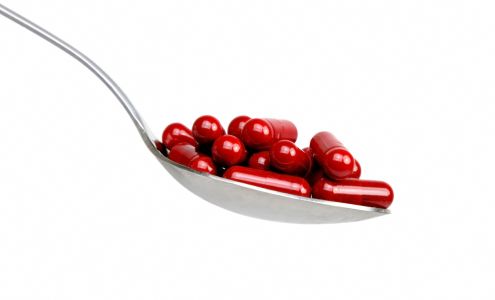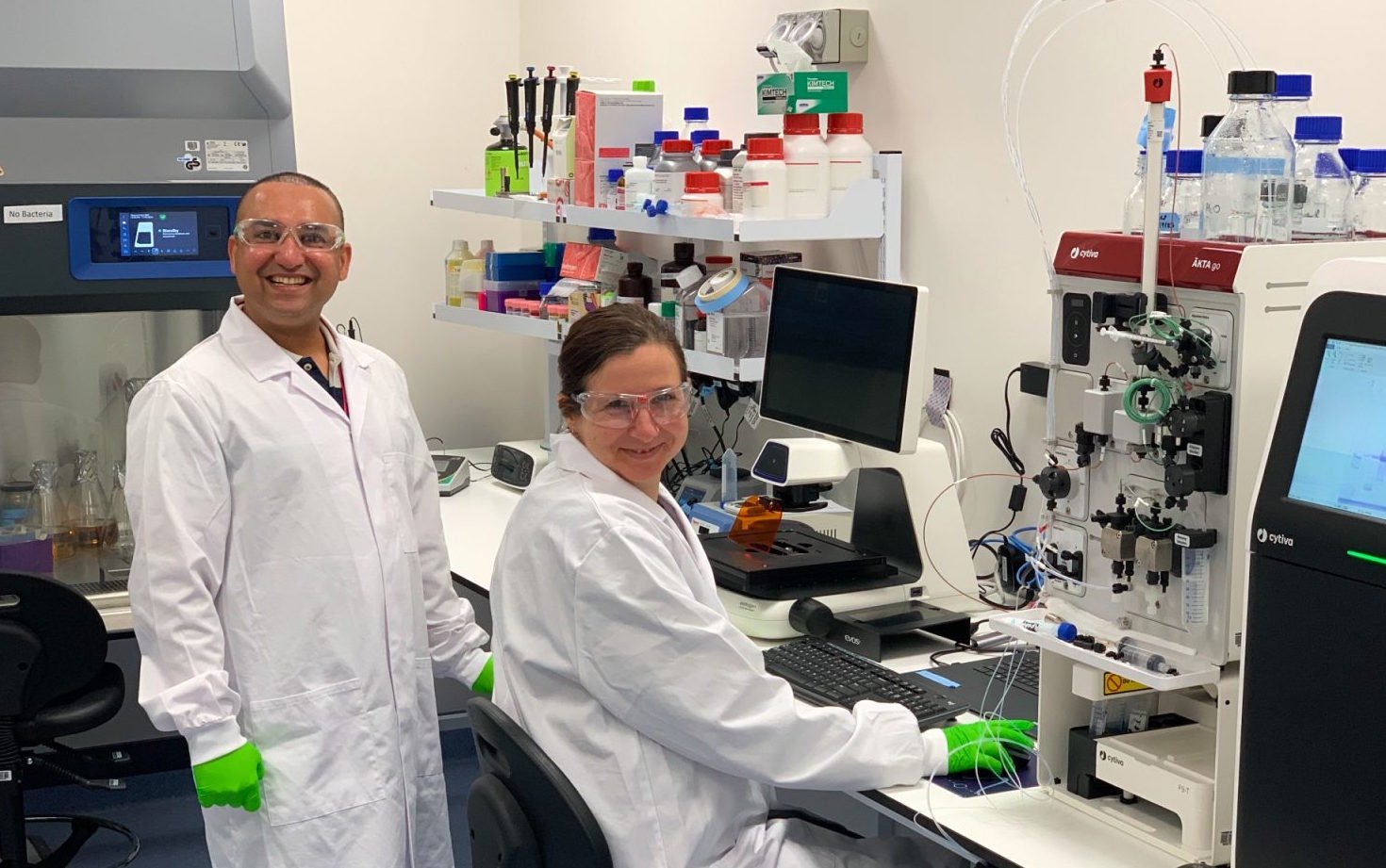Biosimilars guidelines: A step in the right direction for India
16 August 2012 | Analysis | By BioSpectrum Bureau
Biosimilars guidelines: A step in the right direction for India

India's biosimilars guidelines need further treatment to boost the industry
The announcement of the new biosimilars guidelines, "Guidelines on Similar Biologics: Regulatory Requirements for Marketing Authorization in India", by the Indian government is a welcome move but India's biotechnology industry believes more needs to be done to streamline the existing regulatory framework for biologics and vaccines. In the last few years, India has seen a robust growth in its biosimilars portfolio. The growing biosimilars market offers huge potential for companies involved in research and development and manufacturing.
Biosimilars can also go a long way in meeting India's need for affordable healthcare for its huge 1.2 billion population. Prime Minister Dr Manmohan Singh, in his 66th Independence Day speech, said the government was working on a new scheme for distribution of free medicines in the country through public hospitals and health centres. The National Health Scheme will be launched in a couple of years by combining the National Rural Health Mission and the National Urban Health Mission to be started soon.
There are about 100 biopharmaceutical companies actively involved in research and development, manufacturing and marketing of biologics in India and the country has witnessed drastic increase in the number of branded biosimilars in the last few years. In 2005, 14 therapeutic drugs were available in 50 brands. The number has increased to 20 therapeutic drugs in 250 brands in 2011. There are 10 companies offering about 40 brands of insulin products. Among the other leading therapeutic products, Erthropoietin is available in with 55 brands, chorionic gonadotropin is available in 48 brands, streptokinase has 33 brands, and both interferon and heparins are sold under 10 brands each.
Currently, 20 recombinant therapeutics are approved by the Genetic Engineering Approval Committee (GEAC) for marketing in India. The GEAC is an apex body under the Ministry of Environment and Forests. Since 2005, the review committee on genetic manipulation (RCGM) of the GEAC has recommended 91 clinical trials to be conducted in India related to recombinant pharmaceutical or therapeutic products with the permission of Drug Controller General of India (DCGI).
The draft guidelines were announced in June this year by Department of Biotechnology Secretary Dr M K Bhan at Boston BIO. The department had step up a 20-member committee in association with Central Drugs Standard Control Organization (CDSCO) under the Ministry of Health and Family Welfare comprising industry experts, scientists and government officials to draft the guidelines. The committee headed by Dr G N Singh, Drugs Controller General (lndia) and Dr V P Kamboj, chairman, RCGM and former director of Central Drug Research of Institute, submitted the draft guidelines to the government in March for final consultations of the industry.
"The guidelines on similar biologics released by the Government of India will provide a tremendous boost to Indian biopharmaceutical players. With a potentially huge domestic market and growing global opportunities, India is poised to become a major player in biosimilars," says Mr William Lee, head of Regulatory Strategy, Quintiles Asia. Quintiles is the first global clinical research organization to set up operation in India in 1997.
Hailing the step, Mr Lee adds, "The introduction of the guidelines is a significant step forward in progressing the interests of the biosimilars industry in the country. By defining a framework for biosimilars development that is not too dissimilar from the European Union and World Health Organization (WHO) guidelines and the draft US guidelines, the Government of India is very clear in its intent to create a level playing field for the development of biosimilars and elevate the domestic industry to a global level."
Welcoming the government's initiative, Mr K V Subramaniam, president and CEO, Reliance Life Sciences, who was part of the drafting committee, says, "The Indian Biosimilars Guidelines are comprehensive in nature and address the pre-market and post-market regulatory requirements for biosimilars. The document clearly delineates the roles and responsibilities of authorities in the approval process. The RCGM oversees product quality, characterization, approval of protocols and review of preclinical toxicology studies, while the DCGI focuses on the approval and review of clinical trials and marketing authorization."
He adds that the guidelines state that all biosimilars should be compared to the reference or innovator product through all phases of development. "There is clarity on the quality and quantity of data expected, for example, the number of batches, bioassays and analysis of products for post translational modifications. Animal studies have also been rationalized by allowing short-term studies in relevant animal species. When such models are not available, it is recommended to follow Schedule Y of the Drugs and Cosmetics Act. Some redundant studies have been eliminated reflecting the current scientific understanding," he says, elaborating on the guidelines.
Dr Krishna Ella, chairman and managing director of Bharat Biotech International, a leading bio-similars company from India, terms it as a welcome step in the right direction. "Guidelines will streamline the approval process and bring clarity to all biosimilars manufacturers. The new guidelines clarify several issues relating to product development and licensure," he says.
According to Dr Ella, such guidance documents on several aspects of the regulatory process in India would be welcomed by industry. "Guidelines laid out for clinical evaluation, pre clinical evaluation, manufacturing process validations, product characterization, etc. are welcome and these guidelines should be enforced strictly across the industry. We are happy that with the introduction of this policy, there is going to be an adherence of International Conference on Harmonisation of Technical Requirements for Registration of Pharmaceuticals for Human Use guidelines (Q5A,Q5B, Q5D)," he says.
Dr Ashok Kumar, president, R&D, Ipca Laboratories, also hailed the step. "This comes as a welcome step in the wake of rapid growth of the Indian biosimilars market, which has grown by a whopping 200 percent since 2008. These guidelines have come a long way from the abridged regulatory guidelines followed till now," he comments. Ipca Laboratories is a fully-integrated Indian pharmaceutical company with a biotechnology department involved in development of cost-effective processes for manufacturing of biologically- and fermentation-driven drugs and intermediates.
Issues before the industry
The guidelines have taken into consideration exceptions in the generally outlined product development pathway. "For example, the innovator product may have been developed in a particular host, but if the current expression systems are better in terms of quality of the product and yield, the guidelines have provisions for approval of products developed in a different host on a case-to-case basis. Similarly, approval of new formulation of an existing drug can be sought based on sound scientific data," points out Mr Subramaniam. "However, some areas such as critical indications (clinical trials involving infants) or where very long-term end points are measured could have been further clarified leading to faster approval of the drugs."
Dr Ella also raised concerns over some points in the draft. "It is too complex due to the involvement of multiple departments from different ministries. The Indian biotech industry requires a single window regulatory authority that is strict and transparent. The current system has companies applying to multiple regulatory authorities under different ministries to obtain permissions for biologic material import, product development, preclinical testing, clinical trials, marketing authorizations. A single window or single agency system is the norm in several countries with organizations such as the FDA in the US, EMA in European Union, ENVISA in Brazil and SFDA in China.
He suggests streamlining of regulatory processes for contract research organizations working for international clients on international products. Increased time-lines for receipt of biologic test articles from foreign locations would reduce competitiveness of the CRO industry, he says, while stressing on the need for a single agency system to further the cause of the biotech industry in India. Dr Ella says the Central Drugs Laboratory (CDL), Kolkata, has to take responsibility for the availability of authorized reference standards and their identities, which currently is under ambiguity. CDL Kolkata also could be developed along the lines of CDL, Kasauli, which receives batch samples for vaccines for testing and product release, he adds.
Commenting on the challenges that the industry will face with the new regulations, Mr William Lee of Quintiles Asia says, "The Indian guidelines are not too dissimilar from the EU and WHO guidelines and the draft US guidelines. As these international guidelines are widely available and have been used for several years, most Indian biopharmaceutical companies are likely to be familiar with them. A major difference between the Indian guidelines and that of the international guidelines referred above is that there is no data exclusivity for first-approved products. This could lead to a situation where companies might get into patent related battles as there is lack of clarity in terms of data exclusivity."
Mr Subramaniam says the balance between "the requirement of supporting data and time allotted for obtaining marketing authorization encapsulated in the guidelines enables to provide an environment conducive to companies to manufacture drugs at an affordable cost benefiting the larger patient population".
"Overall, despite their limitations, these set of guidelines have come up as a relief to the industry. The fact that the regulatory requirements are more or less at par with that of the international regulatory agencies (including ICH and USFDA), would make it much easier for the Biopharmaceutical Manufacturers of India to meet the international quality standards," said Dr Ashok Kumar. "We believe that the presence of a lucid framework would surely expedite the development of Biosimilars in India that had been dawdling for want of a clear blueprint."
The guidelines will bring Indian biosimilars players at par with global biosimilar players, which could lead the way to a bigger playing field for the industry in the coming years. Also, this creates a clear pathway for the development of cost-effective and safe biologics for the people of India, which fits in with the government's agenda of more affordable healthcare. "I do believe that the Indian guidelines are a step in the right direction and will evolve with more clarity in the next couple of years," says Mr Lee.












